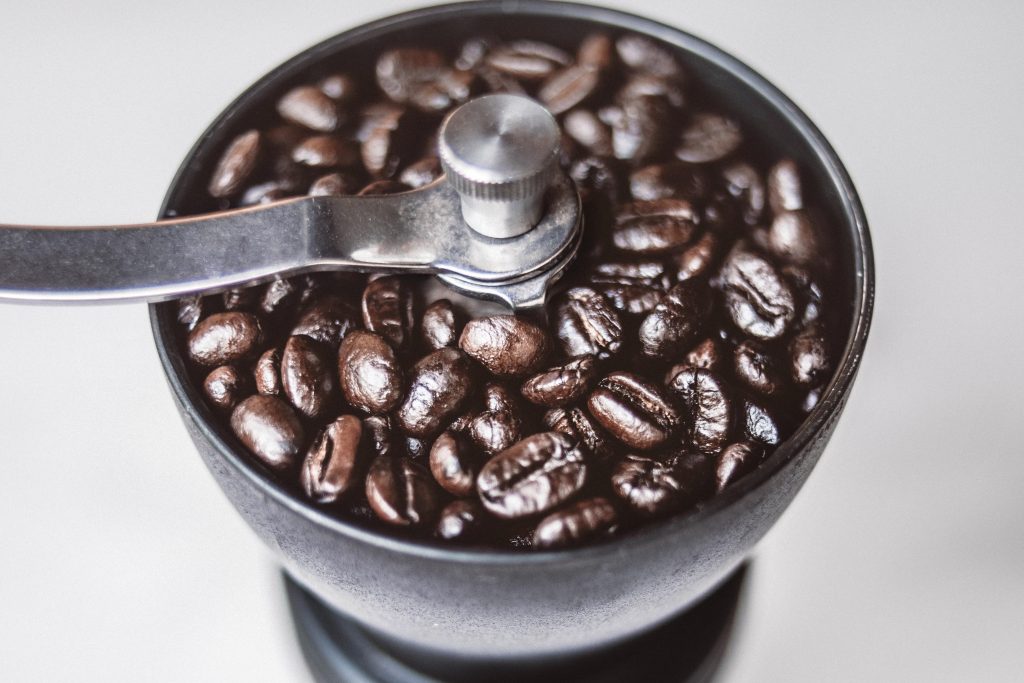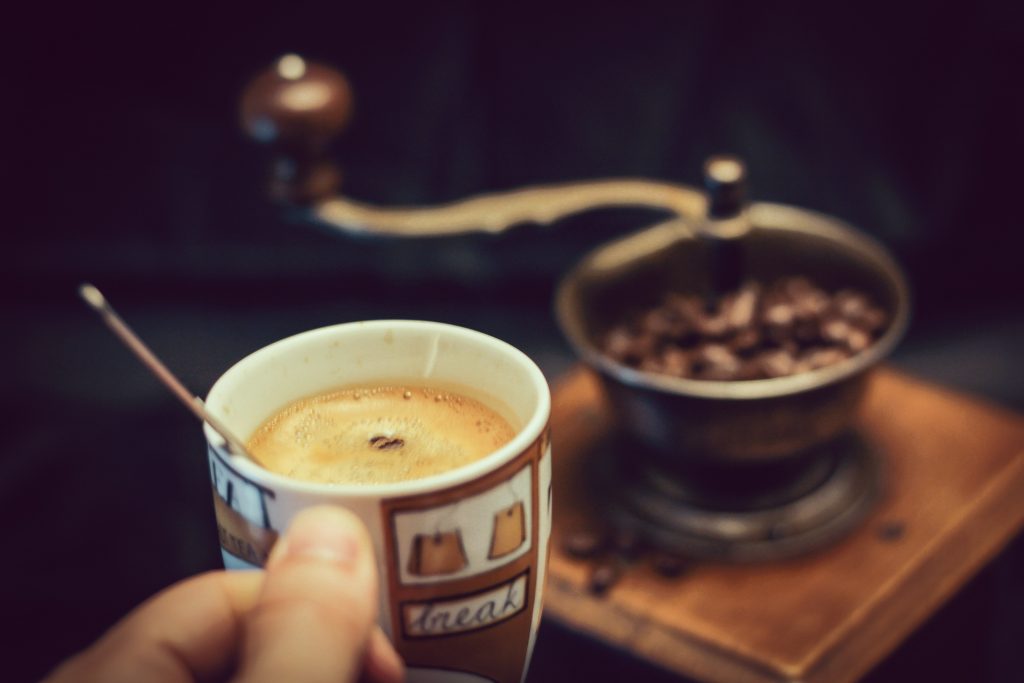Who Doesn’t Love Coffee?
Coffee shops or ‘coffee houses’ as they were dubbed, came about in the 1600s in England. From then till the dawn of the 17th Century, luxuries like chocolates, tea and coffee became extremely popular and a delicacy amongst the bourgeois.
Written records state it was first appreciated during the 9th Century somewhere in the African content, where they realised the energy-giving component of this ingredient and invented a brew out of it.
From a delicacy to a normality – coffee shops now adorned in every street corner. Not only have these premises revolutionised but even the idea of coffee itself has became a fad. We cannot get enough of it!
Talking about coffee shops, ever wondered why the coffee you sip at a café and the one you make yourself at home tastes completely different? Sometimes I wonder why the coffee I tasted on Monday tastes different on Friday. I recently found out that it is not the Barista who is responsible for this, but Science! Particularly the science behind the different methods of brewing coffee.
The three things that are dependant on the quality of a good cuppa joe are:
- The variety of the coffee
- The origin of the coffee
- The water being used to make the coffee
- The brewing method being used
Different Brewing Methods

Were getting closer to the reason behind grinding our coffee, but first… let’s talk brewing.
There are 2 types of brewing methods more commonly known to man and used.
- Infusion
- Immersion
Infusion coffee or what we refer to as filter coffee is the method of brewing that allows constant running water through a filter, letting the coffee grind drip into the jug slowly until it is of an acceptable amount and there is nothing left – the water runs clear.
This isn’t a very sustainable method because one would need to pour the water over all the ground coffee in the filter, to make sure they cover all basis and no ‘clean or empty water’ runs through, missing the vital ingredient all together, something connoisseurs know all too well as ‘channelling’.
The risk here is also, if the coffee grounds are too fine, they run the risk of obstruction thus offering a prolonged brewing time.
Which Coffee is an Infusion Coffee?

A typical example would be Espresso – the coffee we know too well as the invention that came from Italy. Specifically, by a man named Angelo Moriondo, who originated from Turin.
However, making an espresso takes only about 30 seconds at most, due to the fine grind and pressurized water used to brew it. The ratio of water to coffee, differs from other coffees, in that, the right amount of water is required – known as the brew ratio. Learn more about this here.
Which brings us to the next form of brewing – Immersion coffee. This is the complete opposite method to the one stated above, as the coffee is fully submerged in hot water and left to do its thing. The process can best be explained by the ‘French Press’ or what we commonly know as a Percolator.
The difference here is that the wait time is about 5 minutes. The taste of this kind of brewing will depend a fair amount on the type of coffee you use or the strength of grind you put in your press.
Because no matter how weak or strong your coffee is, the brewing time does not mean that the longer you leave it the stronger it gets. The best trick you can apply to get the most out of this method is stirring your coffee after 2 minutes, to make sure it soaks up all the coffee reserves.
One thing is certain – the type of coffee matters, as well as the age – fresh whole bean coffee, definitely tastes a lot nicer than old coffee!
How Fine Should You Grind?
As you have seen, the strength of grind you put in your coffee press or infusion, makes a big difference to the output of the coffee.
The question then is, how fine should you grind it? Unfortunately, there isn’t only one answer to this. The strength of the grind will depend on the brewing method –this may sound like were going around in circles, but it’s the only way to explain it. One element affects the other and vice versa.
Let’s put it this way: If it is the grind were considering, then it would be between these 2 contestants, Blade Grinding and Burr Grinding.
… and of course, the type of grinder you use will help with this process. Before you shake your head, we have done the homework for you and here are some information on the best coffee grinders that are quiet to make your brewing experience a lot more fun and peaceful first thing in the AM.
Blade Grinding (a.k.a a coffee mill) is not the best option if you’re looking to make an Espresso for yourself or even a Turkish Coffee perhaps, however if you are using a French press or AeroPress then it would work. Fair warning, it is a tad bit noisier than others, which is why you should check out our list in the link above.
Burr Grinding consists of grinding whole-beans and grinding them to a fine-ish consistency that you can use in Infusion coffees and with this one you can make an Espresso or Turkish coffee perfectly. They usually have different settings, from fine to finer ground powder. But remember not to grind it too fine if you are playing with the pour-over method as it could block the filter and pour right over and out onto your counter tops – not a good look.
There is a significantly obvious difference between both methods of grinding, but if you had to ask us which one is better? Again, sorry to disappoint but for this also, there isn’t only one answer. Perhaps this will be a good read https://www.artofmanliness.com/articles/brewing-the-perfect-cup-of-coffee/
We cannot point at either but rather at both. It will depend on all the elements already mentioned above. Keep in mind that making coffee is science and art combined, and learning it would do you a whole lot of good once you perfect it, it’s like a personal signature, unique only to you – nothing compares to having that perfect cup of coffee that you can brag about and build a reputation around! People appreciate a good cup of coffee in any country.



